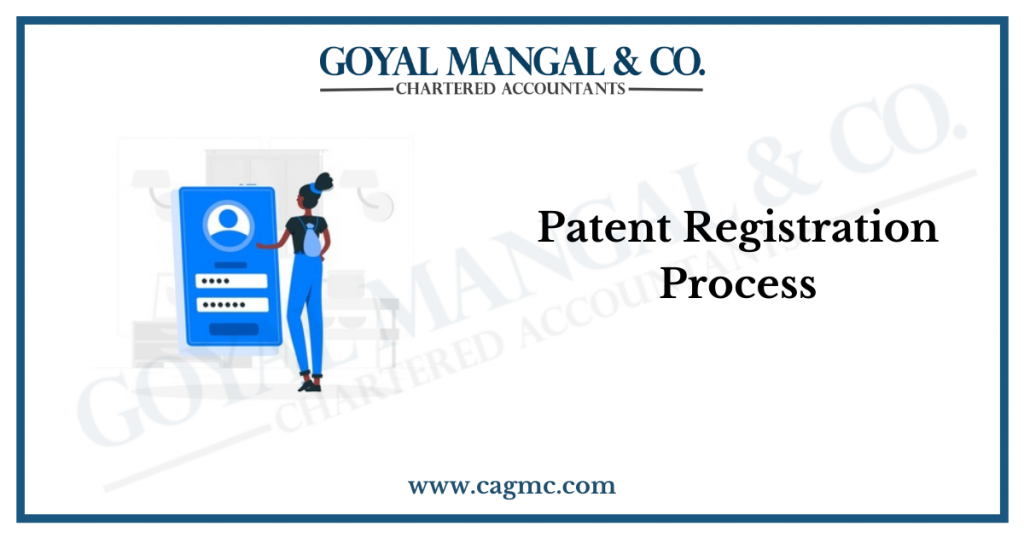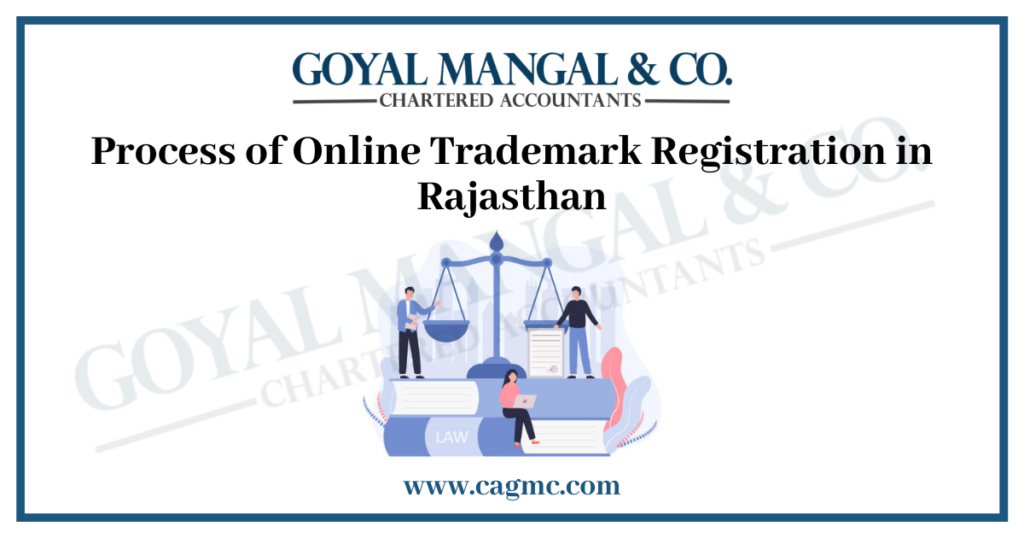
By keeping in the view of development in trading, commerce and industry globally, the need for trademark emerged to keep the emerging flow of trade intact and to simplify trademark managing system. Accordingly a trademark bill was passed in 1999 to comply and harmonize the globalisation of trade and industry, to encourage investment flow, transfer of technology etc.
A Trademark is nothing but a visual representation attached to the goods for the purpose of indicating their trade origin. Thus, trademark is a property rights which can be acquired legally through Trade Mark Act, 1999. Accordingly the approved trademark comes under the purview of legal surveillance which paves a way for any aggrieved party on infringement of the same to utilise legal remedies.
After acquiring Trademark, the applicant if wishes could change the ownership of such trademark which is owned, making such changes in the trademark ownership counts in as trademark assignment and transferring certain rights to any third party by retaining the ownership is comes under the purview of trademark transfer is trademark licensing.
Introduction on trademark licensing
When the owner of the license allows or assigns the owned trademark to third party. The trademark itself is not assigned to the third party rather, in the place of ownership the usage of license is transferred by permitting the license to be used. Thus, the owner the licensor and the third party counted in as licensee. By licensing the trademark the licensor can enjoy monetary rights by generating royalties for the use, whereas the licensee by utilising the license shall widen their market under the licensors trademark by building a value for their product.
Governing Law
Section 48-55 of Trademark Act, 1999 deals with the concept and the laws governing the license of a trademark. The usage of the trademark by the third party is described under section 2(1)(r) of the Act and According to Section 49, through the trademark licensing agreement the licensee becomes the registered user.
Registration
Though the registration of the trademark licensing agreement is not mandatory it is advisable to do so in order to avoid disputes among the parties in the future. For the registration, a joint application is to be filled with the registrar through TM-28 within 6 months of such agreement.
Check List for registration
- Filing TM-28: The form has to be filled in triplicate by attesting the authenticated copy of license agreement with supporting affidavit.
- Affidavit: The affidavit should contain the details of the parties to the agreement and their relationship. The details of goods and services for which the license is been drafted. The affidavit must include the tenure where the licensee might use the trademark further limiting the terms and conditions for the same.
- Licensee Agreement: The license agreement must contain the details of the parties along with all the details that are mentioned in the affidavit. The terms of royalty and tenure of such usage is covered thereby.
- Filing the application: The application TM 28 can be either filled online or offline with the registrar.
- Registration fee: For every trademark license an amount of INR 4500 to be paid to the government.
- Authentication from registrar: After scrutinizing all the submitted documents the registrar may either completely or conditionally accepts the application. Under conditional acceptance the registrar issues a notice to the parties in two months variation and based on the hearing the application acceptance state depends.
- Entry in registrar: On the event of acceptance the registrar records the details of the proposed registered user.
Benefits of trademark licensing
- Third party shall expand their brand and reach large customers under the trademark of the licensor.
- Freshman companies are highly benefited wherein which their workload for advertisement and brand building reduces.
- Positive reach of business and operations are achieved.
- With existing trademark the licensee products are made well known and popular.
- Licensee gets commercially exploited in the market.
- Licensor receives royalty from the licensee.
Trademark assignment
When the person gets entered in the registrar of the trademark shall have the power to completely transfer the ownership of the trademark to the third party. The changing of such ownership is trademark assignment.
Governing Law
Trademark assignments are regulated and governed as per Trademark Act, 1999, notwithstanding the regulation the changes in ownership with regards the approved trademark are dealt by the registrar in offline mode and the same shall be approved and governed in online mode.
Types of Trade mark assignment
- Complete assignment: Complete assignment of the owned trademark been assigned to third party.
- Partial assignment: Restriction been placed by the owner of the trademark by restraining the usage only to the certain product, goods or services.
- Assignment with goodwill: Transferring both rights and value associated with the trademark to the third party and giving them rights for using the trademark to market their product, service or goods.
- Assignment without goodwill: The assignee can use the trademark of the assignor, wherein which the assignee are restricted in not using the trademark on the products, services or goods on which the assignor has already used.
Registration of trademark
Any registered trademark is eligible for getting assigned or transferred to the third party. An agreement soughing the trademark assignment is advisable as it acts as a legal proof and protects both the assignee and assignor. For the registration an application is to be filled through TM-P.
Check list for registration
- Filing form TM-P: The assignee must apply for the registration of the assignment by filling form TM-P either vide online or offline before the trade mark registration office.
- Assignment agreement: An assignment of the trademark can be only done by entering into an agreement in writing between the concerned parties. The agreement must briefly contains the details of the brand name, application number, class number, status (active/ inactive), owner of the brand etc.
- Trademark’s title: At the time of the assignment the assignor must be entitled with the full ownership and rights of such trademark. Along with the assignor has to hold proof in regards of being the successor or must hold power of attorney the same has to be produced with supporting documents.
- Authentication from the registrar: Once the registrar finds the documents intact and prompt the trademark gets assigned within three months.
- Transfer of trademark to the assignee: When the registrar is satisfied and finds all documents submitted with the integrity then the transfer is made from assignor to the assignee.
Benefits of trademark assignment
- Helps in expansion of business
- Time consumption in relatively less than compared to new trademark registration
- Trademark assignment acts a proof and protects both the assignor and assignee
- The assignor gets royalty for the assigning the brand name to establish assignees product, service or goods
- The assignee utilises the established brand name to establish and mark a place in the market.
Final words
Trademark licensing and assignment revolves around building the brand name and its utilisation. Whereas both trademark assignment and licensing has its own peculiar issues which requires proper strategies to open new aspects of all opportunities to the parties and by having a written agreement with the desired parties helps future disputes by defining clear obligation with the utilisation of such trademark by transferring either in the way of licensing or assigning the same.


